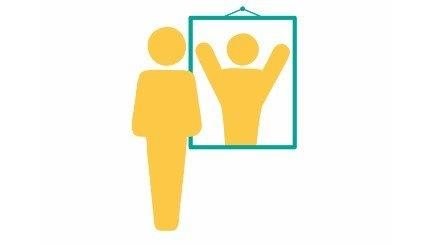Self-leadership
Self-leadership is the process of identifying your desired experiences and intentionally directing and motivating yourself towards them1. Self-leadership can be taught and is an ongoing journey. It is essential to encourage learners to take control of their learning and become problem solvers. Students should be encouraged to take stock of what they already know, what they still need to achieve, and how best to tackle learning new material.
Benefits of self-leadership:
- Learners are motivated and make decisions for themselves
- Self-leading individuals tend to be more productive, regardless of their role (Birdi et al., 2008)
- Empowerment - self-leadership empowers individuals to take charge of their own lives
- Adaptability - it helps individuals to navigate change and challenges by fostering resilience and a growth mindset
- Increased productivity - learners who lead themselves effectively tend to be more focused, disciplined and organised.

Including self-leadership in your course:
- Set clear expectations from the start and allow learners to manage their own workloads
- Ask learners to look at the curriculum to assess what they don't yet know and guide them into finding that knowledge for themselves
- Encourage students to set their own learning goals and develop a plan for learning. Ensure they regularly review and refine these goals
- When setting coursework or assignments, include the option for learners to suggest their own topic or title
- Include problem-based learning
- Teach and reward critical thinking - encourage students to learn how to access the right information in the right detail.
Self-leadership...is about influencing ourselves, creating the self-motivation and self-direction we need to accomplish what we want to accomplish.
Further resources:
- Manz, C. C. (1986). Self-leadership: Toward an expanded theory of self-influence processes in organizations. The Academy of Management Review, 11(3), 585–600
- What is Self-Leadership & why is it important? | MTD Training
- Du Plessis, M. (2019). Positive Self-leadership: A Framework for Professional Leadership Development. In: Van Zyl, L., Rothmann Sr., S. (eds) Theoretical Approaches to Multi-Cultural Positive Psychological Interventions. Springer, Cham
- How to Encourage Your Team to Be More Self-Sufficient, Madeline Jacobson, November 2018
- Learning to self‐lead: Examining self‐leadership strategies, personality traits and learning attainment - Woods - 2023 - Applied Psychology - Wiley Online Library